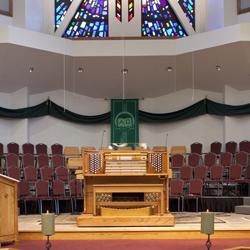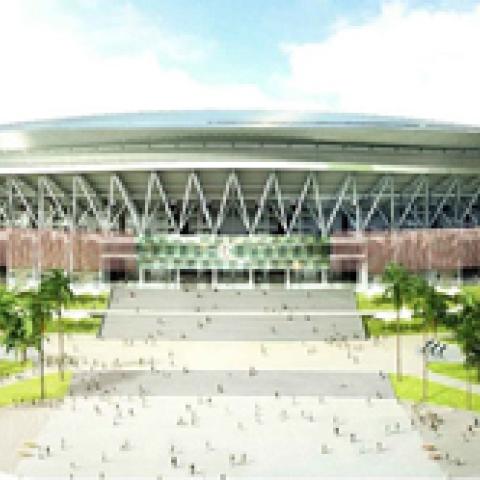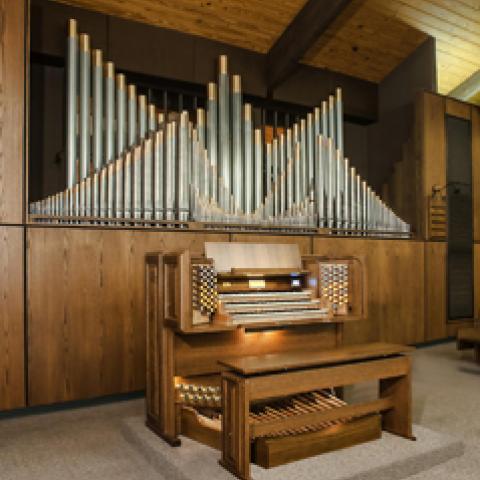
Johannus Organs of Texas recently installed an Ecclesia D-570 church organ in the First United Methodist Church in Round Rock, Texas. The Ecclesia D-570 has an 18.3 audio system, four manuals, 80 voices, four 32-foot voices and a balanced set of speakers, well suited for accompanying the large congregation. First United Methodist Church, or First Church, has a rich heritage spanning over 100 years of ministry in the Round Rock community and beyond. Starting in 1879 as a circuit church, First Church has now grown to over 4,500 members.
The Johannus Ecclesia series is available in five different models. The digital instrument is based on a revolutionary, state-of-the-art audio system, and it is equipped with multiple amplifiers, subwoofers and speakers.
For information: www.johannus.com/en-us/nieuws/ecclesia-d-570-first-united-methodist-church-round-rock-tx/.




